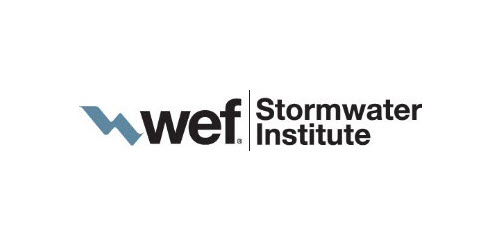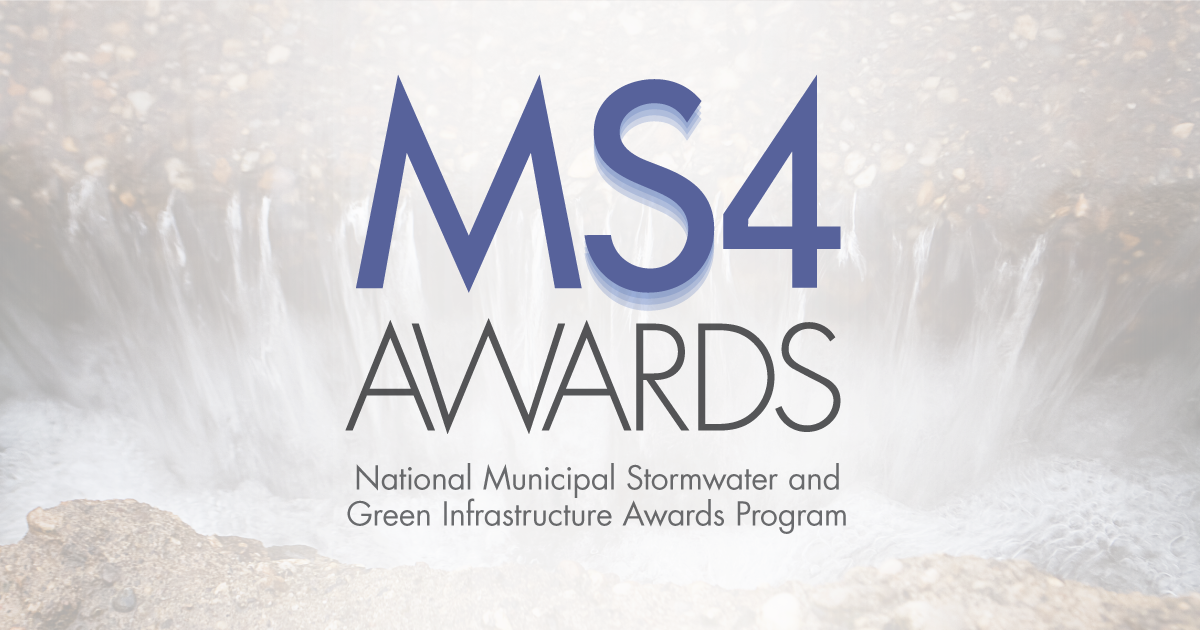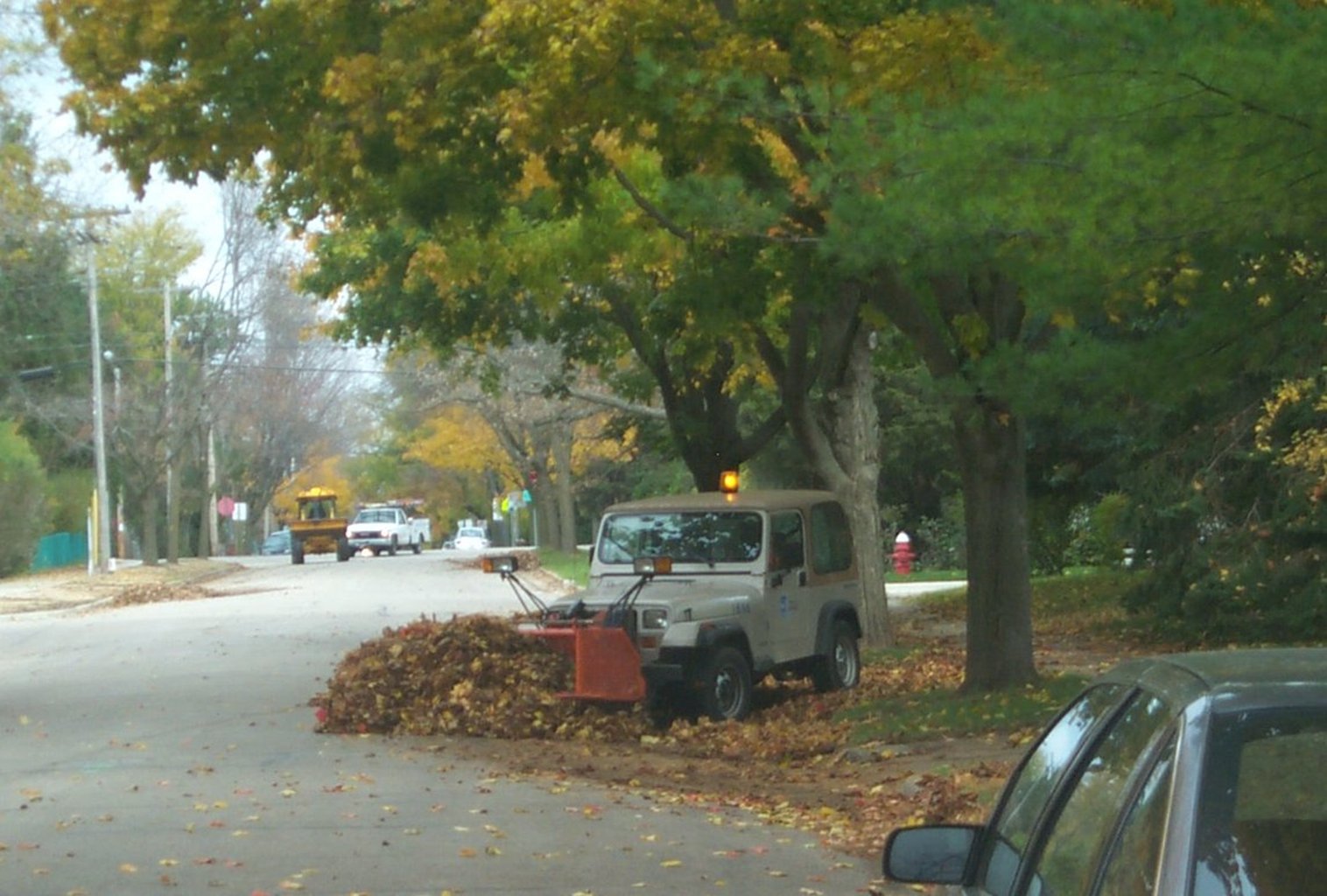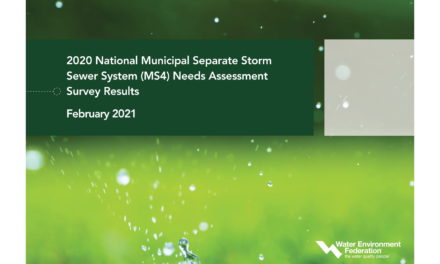In recognition of extraordinary efforts to protect local health and safety, detect and eliminate environmental hazards, and build support for stormwater management, the Water Environment Federation (WEF; Alexandria, Virginia) Stormwater Institute recently announced six winners of the 2021 National Municipal Stormwater and Green Infrastructure Awards.
“Stormwater management is one of the most dynamic segments of the water profession,” said WEF President Lynn Broaddus. “This year’s MS4 Award winners demonstrate that they keep up with the ever-changing landscape of regulations, technologies, and best practices, lead the way on trends, and set an example for stormwater programs around the world.”
Program Management Winners
The City and County of Honolulu (Hawaii) MS4 Program took the top spot in the Program Management category among Phase I permittees.
Alongside leading efforts to establish Hawaii’s first-ever stormwater utility on the island of Oahu, the City and County of Honolulu MS4 Program spearheads an extensive set of initiatives aimed at mitigating pollutants in runoff, engaging the public in watershed protection, and understanding emerging threats to water quality. It champions a community based social marketing methodology in its public outreach campaigns, demonstrably and measurably promoting specific behaviors around curbing street litter, maintaining sidewalks and gutters, and installing private green infrastructure. In addition to recently passing a citywide ban on plastic bags and utensils, the MS4 also maintains expansive Adopt-a-Block and Adopt-a-Stream programs that have involved about 40,000 residents in efforts that have spared an estimated 750 tons of debris from entering local waterways since 1995. For each of its programs, the MS4 undertakes comprehensive benchmarking assessments to gauge effectiveness and prioritize problem areas for new infrastructure, outreach campaigns, or other interventions.
Also taking first place in the Program Management category was the Central Massachusetts Regional Stormwater Coalition, who earned the highest score in the category among Phase II permittees.
Since its formation in 2012, the Central Massachusetts Regional Stormwater Coalition has grown to attract partners from 30 municipalities. The coalition focuses on sharing resources and information for stormwater management as well as advocating for financial and political support at the state and federal levels for stormwater programs. Key products from the partnership include a set of templates that facilitate the planning and permitting process for stormwater organizations considering new projects and programs. These templates, freely available on the coalition’s website, cover such topics as illicit discharge detection and elimination (IDDE), catch basin inspection and cleaning, and stormwater pollution prevention planning. They have been adopted and promoted by EPA as well as various state-level agencies to aid stormwater management nationwide. Additionally, the coalition undertakes extensive public outreach efforts and routinely hosts webcasts, training seminars, and workshops on a variety of topics.
Innovation Winners
In the Innovation category, the Phase I winner was the Gwinnett County (Georgia) Department of Water Resources.
In 2019, the Gwinnett County Department of Water Resources began construction on a first-of-its-kind water innovation center known as the Water Tower. Aiming to support applied research, technological innovation, workforce development, public engagement, and other stormwater sector priorities, the completed Water Tower campus will include research laboratories, classrooms, as well as office spaces for water-focused businesses. Research is already ongoing at the site, including a recently unveiled plan to implement more than 40 programs and infrastructure projects targeting water quality protection in the Lake Lanier watershed. In addition to the Water Tower initiative, the department also spearheads several innovative outreach activities. In 2020, it hosted 22 stream-cleanup events that collected a combined 11,054 kg (24,370 lbs.) of trash and debris that would have otherwise ended up in local waterways. It also replaced or relined approximately 15.3 km (9.5 mi) of stormwater pipes and provided virtual lessons in water conservation and quality to more than 8,000 local students.
The City of Alexandria, Virginia, finished first in the Innovation category among Phase II entrants.
Judges recognized the City of Alexandria for its efforts to promote green infrastructure through aggressive policymaking. In 2018, the city updated its municipal construction permits to require developers to use green infrastructure to treat at least 65% of total phosphorus leaving the construction site through runoff. The following year, the requirement broadened to mandate 100% total phosphorus removal using green infrastructure for public development projects. In 2020, the city updated its guidelines on green streets, sidewalks, and permeable pavers, offering new treatment configurations for such settings as curb extensions and bus lanes. Additionally, the city orchestrates a leaf collection program each fall that incentivizes residents to clear debris on private properties that might otherwise flow into waterways through runoff. The following spring, the city processes collected leaves into mulch for free distribution to residents upon request. In the 2019-2020 season, the city collected nearly 23,000 biodegradable bags and 11,200 m3 (14,600 yd3) of yard waste.
Overall Performance Winners
The Anne Arundel County (Maryland) Bureau of Watershed Protection & Restoration and the Capitol Region (Minnesota) Watershed District earned first-place overall among Phase I and Phase II communities, respectively.
Through innovative financing, procurement, and compliance strategies, the Anne Arundel County Bureau of Watershed Protection & Restoration impressed judges with its proven ability to deliver results for stormwater management at minimal costs to taxpayers. Since 2013, the county has deployed over $250 million on water quality projects while allocating more than $40 million toward repairing and replacing existing stormwater infrastructure. In 2016, the county pioneered a new procurement mechanism that defers all costs until new infrastructure projects are completed and inspected, which it has since used to finance stormwater pond retrofits, living shorelines, stream restoration projects, septic-to-sewer conversions, and more. In 2019, it became the first jurisdiction in Maryland to use the state’s new nutrient trading program to achieve compliance with its MS4 permit. Additionally, through a partnership with the Anne Arundel County Watershed Stewards Academy, the bureau trains residents to support water quality on private land. Since 2009, the program has trained and certified 280 Master Watershed Stewards who have installed more than 3,200 water quality projects.
The Capitol Region Watershed District, serving the Minneapolis-St. Paul metropolitan area, maintains one of the country’s most robust stormwater regulatory programs, requiring volume control for 2.8 cm (1.1 in.) of rainfall for redevelopment projects affecting more than one acre of land. It operates a vast network of 22 IDDE monitoring stations in addition to managing a large rainwater reuse and infiltration system that mitigates approximately 71,000 m3 (2.5 million ft3) of runoff each year. A public grant program offered by the district has led to the construction of nearly 1,750 stormwater infrastructure projects, collectively treating enough runoff to fill 450 Olympic-sized swimming pools, nomination materials describe. Additionally, the district led efforts to install innovative rainwater harvesting and reuse systems at the home stadiums of two professional sports teams located in its service area: MN United’s Allianz Field and the Saint Paul Saints’ CHS Field.

Learn More
The awards program, developed in partnership with the U.S. Environmental Protection Agency (EPA) in 2015, honors high-performing regulated Municipal Separate Storm Sewer Systems (MS4s) that meet or exceed their regulatory obligations and provide models for other stormwater organizations to follow. Each year, the WEF Stormwater Institute invites all Phase I and Phase II MS4 permit-holders in good standing to apply for recognition. Nominees undergo an extensive review and selection process by a committee of stormwater experts, who each year select winners in three categories: Program Management; Innovation; and Overall Performance.
In addition to selecting winners, the MS4 Awards judging panel ranked each applicant in the categories of program management and innovation with either a gold, silver, or bronze-level designation compared to similarly sized U.S. MS4 communities. Explore the full list of 2021 designees, as well as additional information about the MS4 Awards Program, at the WEF Stormwater Institute website.
All awardees will receive formal recognition during a ceremony at WEFTEC 2021 in Chicago, taking place Oct. 16-20.







